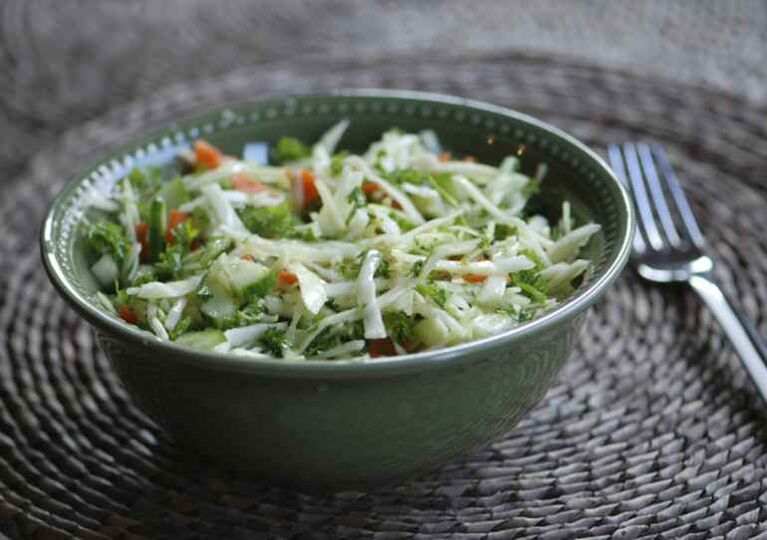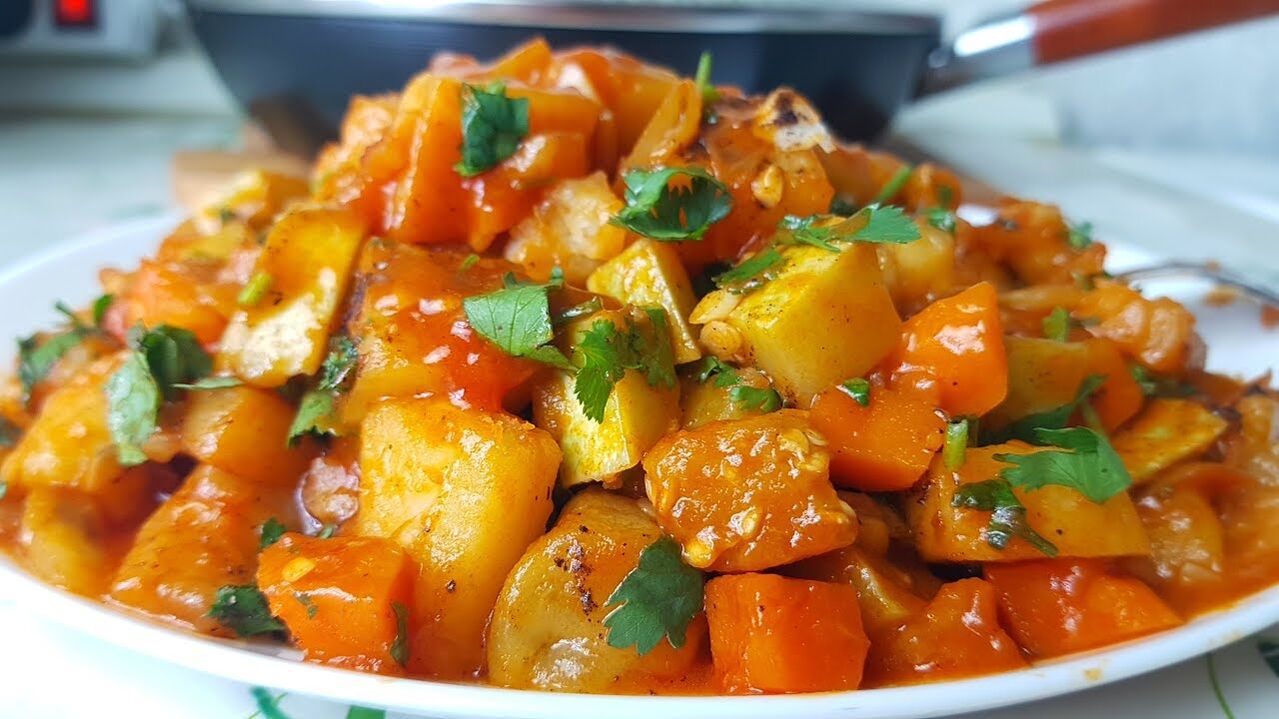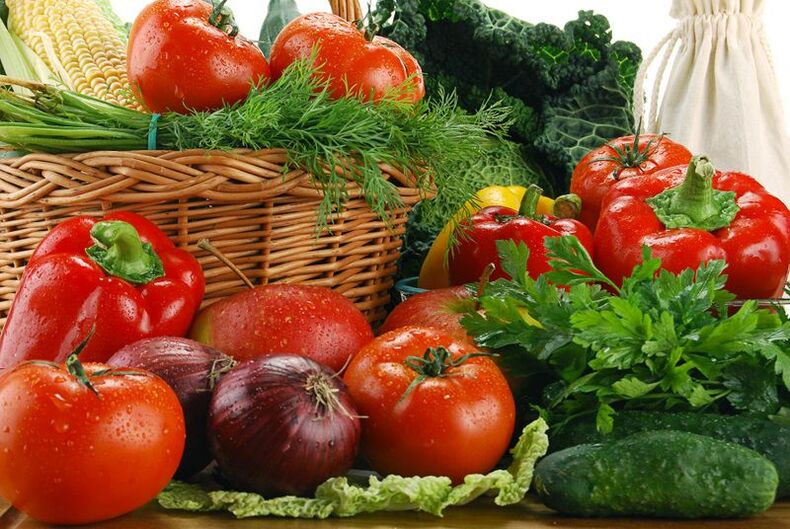Gout occurs as a result of the accumulation of uric acid salts in the body. Most often, the attack occurs suddenly, at night. At this time, the symptoms of gout are as follows: severe pain in the area of the inflamed joints (usually the big toes), swelling and redness of the joints themselves, as well as general disorders - fever, weakness, abdominal pain.
Gout, diet, treatment are all interrelated. Treating gout is a long process, however the priority is to stop the attack itself and alleviate the pain syndrome. In the future, proper nutrition is very important, as reducing the consumption of products containing uric acid salts (urate) leads to a slowdown in the development of the disease. Nutrition for gout is an issue that deserves great attention, as it is the normalization of nutrition that contributes to a speedy recovery and increases the time interval between relapses of the disease. Gout products can only be consumed certain, therefore, regarding the menu and the diet of patients, there are many rules you need to know.
Menu and diet
First of all, we will review the key points of nutrition and discover what kind of diet a gout patient should have. Doctors recommend that patients exclude animal proteins from their diet, but not only are they dangerous for people with gout - animal fats and easily soluble carbohydrates are also dangerous.

Food for gout should be frequent, but food should be eaten in small portions. Thus, during the day, the patient should eat five to six times, and at least once a week it is necessary to arrange a day of fasting.
On fasting days, you can eat fresh vegetables and fruits. Furthermore, they can be raw and boiled (but without salt). It is important to remember here that you should only eat one type of vegetable or fruit during the day, such as baked potatoes or raw apples.
In addition, there is a very popular option for a day of fasting - rice and apples. From the name it is clear that on this day the patient should eat rice and apples, but the rice porridge itself should be properly prepared. So to cook rice porridge for a day of fasting, you need to cook 75 g of rice in 750 ml of milk - this is a portion of food for a day. Porridge should be eaten in one day, in three meals. Apples can be eaten up to 250 g and it is best to boil them or make a sugar-free compote.
Of course, despite the many exceptions that will be described below, the menu for gout should not be monotonous and this is very important because the body needs to get all the necessary substances. Therefore, you need to take care of a balanced diet.
Recipes for gout
Here are some recipes for gout that are both healthy and delicious.
Vegetarian borscht. To prepare borscht you need the following products: 160 g beets, 160 g potatoes, 60 g carrots, 140 g white cabbage, 40 g onions, 100 g fresh tomatoes, 25 g parsley, 40 g sour cream.
Separately, boil the beets until they are half cooked and grate them on a coarse grater. Then place all the vegetables (including beets) in a bowl, add water and cook until everything is ready. Serve borscht on the table, arrange with sour cream and place minced parsley.
Another recipe that the gout diet allows is the recipe for potato soup. So, potato soup is prepared from the following products: water, potatoes, . Eggs, butter, flour, sour cream (25 g), herb.

The cooking process is very simple - peel and boil the potatoes, drain the water from it into a separate container and rub through a sieve. Next, you need to prepare the sauce, for which dry the flour in the oven and dilute to 40 g of potato broth and then boil. Mix together the potato juice, mashed potatoes and prepared sauce, add egg and butter. Boil everything again and serve, arrange with sour cream and place the herb.
Of course, the diet for gout is not at all monotonous and according to her, patients can eat not only liquid dishes, but also cereals and various dishes. Here are some examples of second courses that may be included in patients's diets.
Vegetable stew. For cooking, you should take 6 potatoes, 3 carrots, 1 onion, 1 cup green peas, 1 tbsp. a spoonful of butter, 100 g sour cream and a pinch of salt.
Finely chop the onion and fry it in oil, then add the diced carrots to the pan and cook. When the carrots are softened, you need to add the boiled green peas, boiled potatoes and diced, sour cream and salt and cook all the ingredients for about 15 minutes. Serve the dish on the table, toss it with butter.
Gout food allows patients to eat porridge. For example, buckwheat. So, you can cook buckwheat porridge as follows: 50 g of buckwheat are thrown into 100 g of water, add a pinch of salt, mix and, covering the pan with a lid, put on medium heat. Once the porridge has absorbed all the water, continue to cook on low heat for 20-30 minutes. Add 4 g butter to the finished porridge.
Mineral water, especially medicinal water, has a very good effect in treating gout. Mineral water for gout can be used every day, as a drink, as well as as a day of fasting - during the day you should drink only medicinal mineral water.
There are many other recipes for gout and you can easily find them online or in the literature. However, this shows that the menu is very diverse and you can choose the right food for each person. But still, there are forbidden foods for gout and this should always be remembered.
What you can eat with gout
So first we will look at what you can eat with gout and then we will list the foods for gout that you can not eat.

Almost without fear, gout patients can eat any vegetables in their diet. Exceptions are only spicy ones (for example, radishes and horseradish), as well as sorrel, celery, spinach and cauliflower.
Also, a gout diet allows you to eat any fruit, including exotic ones (grapefruit, oranges, tangerines). You can eat low-fat milk and dairy products (low-fat cottage cheese and kefir). Chicken eggs and especially quail are very useful.
From fats you can have a little butter and any kind of vegetable oil. Whole grains, natural bee honey and nuts are highly recommended.
To summarize, you can:
- vegetables (except spicy);
- fruit, blackberry;
- low-fat dairy products;
- drinking plenty of fluids;
- boiled eggs and chicken.
What not to eat with gout
Knowing what foods you can eat with gout, now consider what you can not eat with gout. So it is strictly forbidden for gout patients to consume any kind of smoked meat. Meat and fish are allowed in very small amounts, but salt should be completely excluded from the diet as much as possible.
Gout diet also completely excludes foods such as:
- beans,
- peas,
- mushrooms,
- beans,
- Salo,
- spices (except laurel leaves and vinegar).
It is also not allowed to drink tea or coffee and alcoholic beverages, as well as carbonated water. Meat soups and even meat juices as well as chocolate and cocoa are prohibited.
Thus, by adhering to all dietary recommendations, you can improve the patient's condition and stop the development of gout.































